I. Health and Nutrition
In August 2011, I was out of college. I was also in a terrible state. Most of my twenties was spent curating quite a few bad habits. I had completely destroyed my circadian rhythm. In addition to that, heavy intake of processed and junk foods—with no fixed food timings—had caused fatty liver. I did not pay much heed to my body. That trekking trip to Dzongri-La should have given me a heads up but I was too occupied with other stuff to even notice. Later that year, I started working on a job as well as playing shows in and around Bangalore. Physically, it was a taxing situation but the enjoyment of both the occupations kept me going. Health was not even a priority. I ate whatever I could get my hands on. I grew fatter. Any more and I would have been obese.
Sometime in early 2014, Nitesh Nandy—my college friend—asked me to join him for a backpacking trip that he wanted to do during the December holidays later that year. He clearly warned me that I wouldn’t be able to do it in the shape I was in. If I wanted to travel with him and enjoy the trip, I had to get fitter. He had himself lost a lot of weight in the past couple of years and had better endurance and stamina than what I had seen of him during the college days. I needed an entry point.
Enter a blog called Nerd Fitness. More than exercise, I was hooked onto the analysis of food. The discussion on sugar and easily-digestible carbohydrates is what opened my mind. Back in 2014, Steve Kamb—the author of the blog—was a big proponent of the paleo diet. With the help of another blog, Mark’s Daily Apple, I started following paleo diet as closely as possible. Rewiring my brain (more than my tastebuds) was hard. I had to convince myself that I did not need so much of rice or roti to survive. I replaced most of those easily-digestible carbohydrates with large bowls of cooked vegetables. One of the key challenges I faced was to adapt those instructions to the ingredients available in my local market. I soon found out that it was not impossible. What supported the dietary aspect of paleo was the accessibility of cheap, local vegetables and lean meat. I was still cooking the traditional Bengali/Indian way.
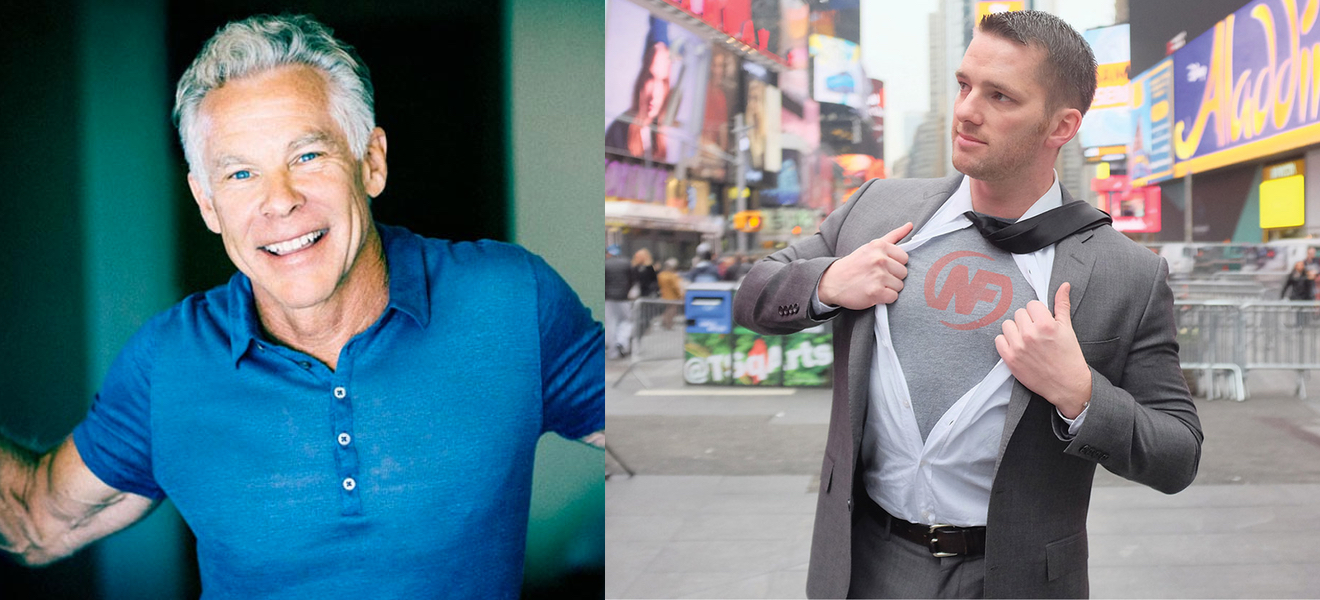
I started going to the gym. It was a filthy, ill-maintained place that smelled of a chicken coop. The only reason I did not go to an expensive place was because I was unsure of whether I wanted to continue gymming in the long run.
By the end of the year, I was visibly fitter. I managed to keep up with Nandy (for most parts) during the trip. Even to this day, I fondly look back on the trip. It marks an important milestone in my life. I learned the ABCs of travelling. It was also the first trip where I decided to systematically document my travels. Compared to the Dzongri experience five years ago, this was a much more enjoyable endeavour. I was hooked to hiking and travelling.
The decision to not go to an expensive gym turned out to be a good one. In the last five years, I have never paid too much for a gym. I never found it enjoyable. Instead, I started to enjoy long distance cycling.
Subsequent refinements to my food intake came from two books. The first one being Anti-Cancer: A New Way of Life by Dr. David Servan-Schreiber. This book is scientifically grounded and explains non-inflammatory diet the way a doctor would. To this day, this book serves me as a guide. Later I came across Michael Pollan’s The Omnivore’s Dilemma. It opened my eyes towards how modern society procures its food. It’s report on the whole industrial method of creating a simple dish on one’s plate—the focus of the first third of the book—made me rethink of what I had in my kitchen. I started reading labels of packaged stuff I picked up from the supermarket. I had a new notion of what processed food meant. One by one, I got rid of most processed sauces, cheese and instant ingredients.
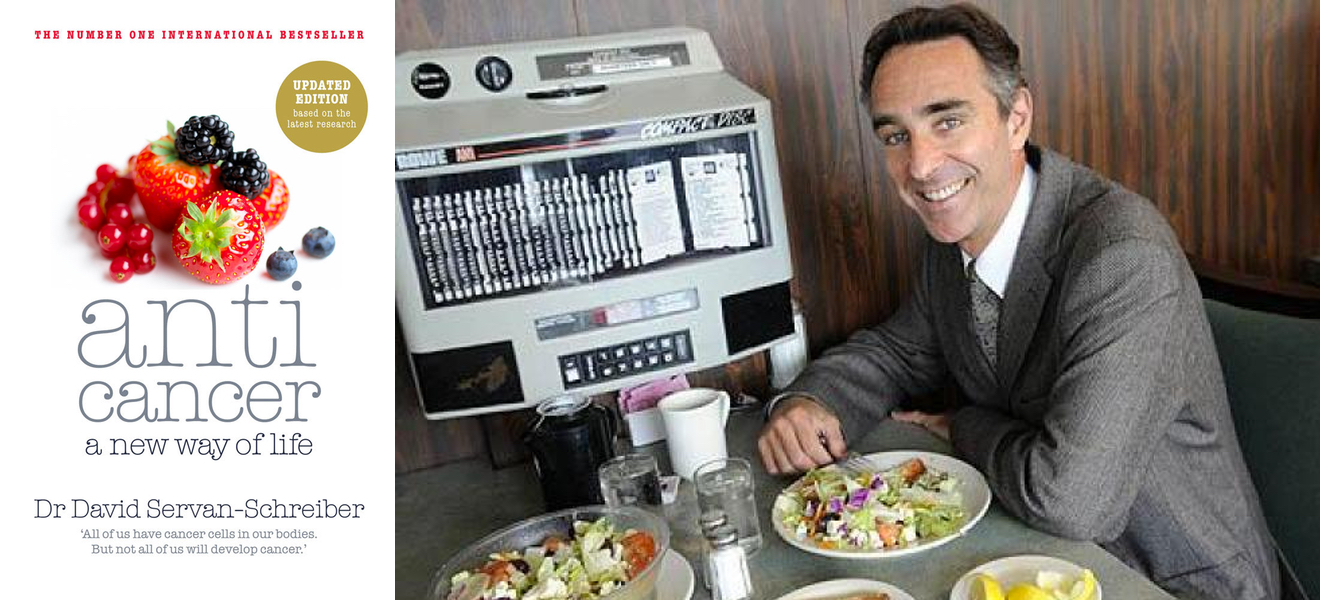
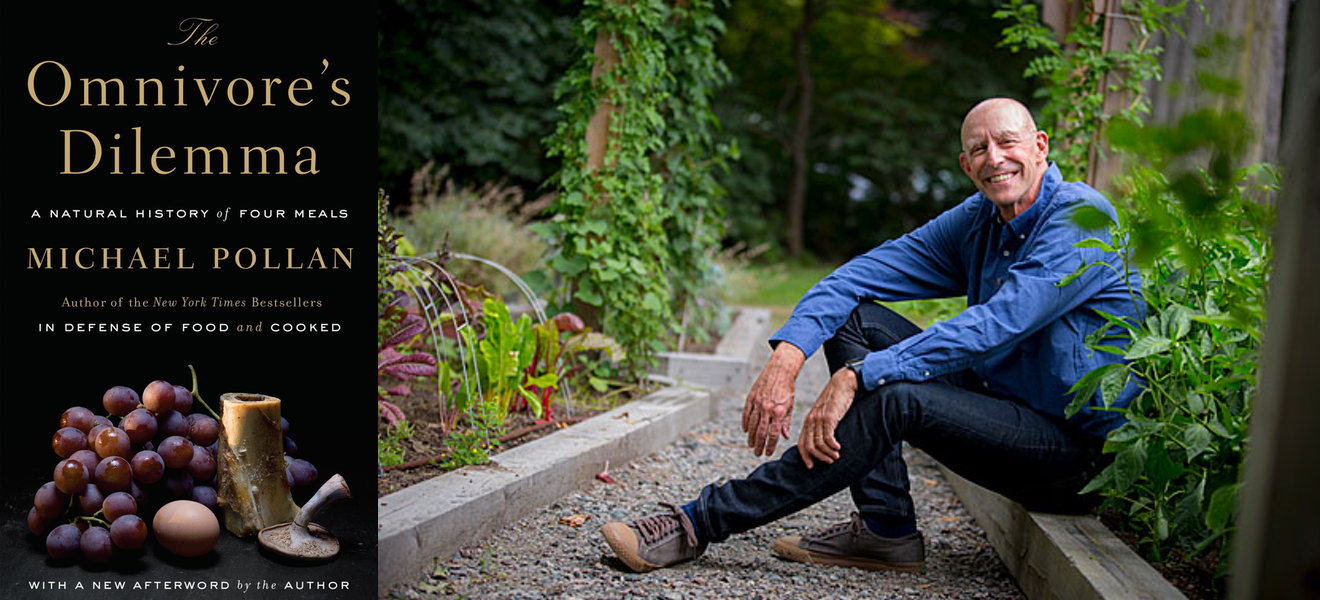
One thing that I learned from this whole exercise is the necessity to incorporate systems into my daily routine. I came across a formal treatment in Charles Duhigg’s The Power of Habit. It was a one-time read and the only important takeaway for me was his theory on how habits work. I have also found Zen Habits and James Clear to be good sources for building better habits even though I stopped following them once I had my food habits internalised.
II. Minimalism / Essentialism
About three years ago, I realised that my life was a huge clutter. It was also reflected in my surroundings. My house was in a mess. My mind was in a bigger mess. I had stuff from my college days that I had not used at all. There were these plastic containers that I had stopped using once I started paying attention to my food; there were books that I did not want anymore; and paraphernalia pertaining to hobbies that occupied space in my house yet I had no time or priority to indulge in.
My first exposure to a viable solution came from some podcast and a subsequent TEDx talk by Joshua Fields Millburn and Ryan Nicodemus. Together, they run a blog called The Minimalists. I voraciously read through all of their entries. Their methodology was extreme—and for sure gave me some quick wins—but it was hard to follow in reality. I have read an e-book version of their work Everything That Remains (which is just a reformatted version of the contents of their blog) as well as watched their movie—Minimalism: A Documentary About Important Things.
While I loved the principles behind the movement, there was something that bothered me. Watching a couple of blogs on people who had embarked on a journey of minimalism, I realised that they were all from an affluent society. Many replaced their functional items with something that matched the pale-palette aesthetics of the minimalist movement. Activities like 30-day decluttering challenge made no sense to me.
Enter Marie Kondo with her book The Life-Changing Magic of Tidying Up. It’s a different take on the concept but isn’t a radical one. Her book mostly focuses on a systematic way of decluttering. I was partially successful in implementing her method. By and large, her method focuses a lot on clothing and books. I had very few of the former and quite a lot of the latter. All I could get rid of were my old clothes that were too big for me (I had lost quite a lot of weight owing to my new food habits.) and some ten percent of my books—mostly some old novels and self-help books. I still have a gigantic bookshelf filled with comics and graphic novels. I had also bought another book by a Japanese guy on the same day—A Monk’s Guide to A Clean House & Mind. These two books helped me get rid of a lot of useless stuff from my kitchen.
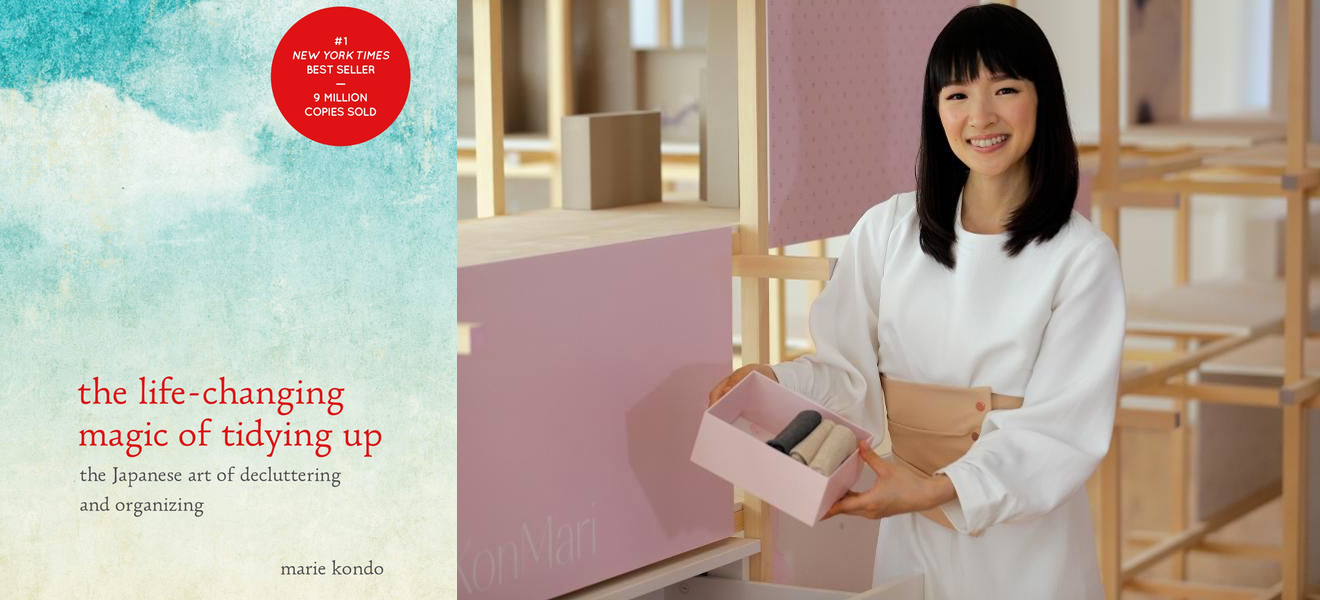
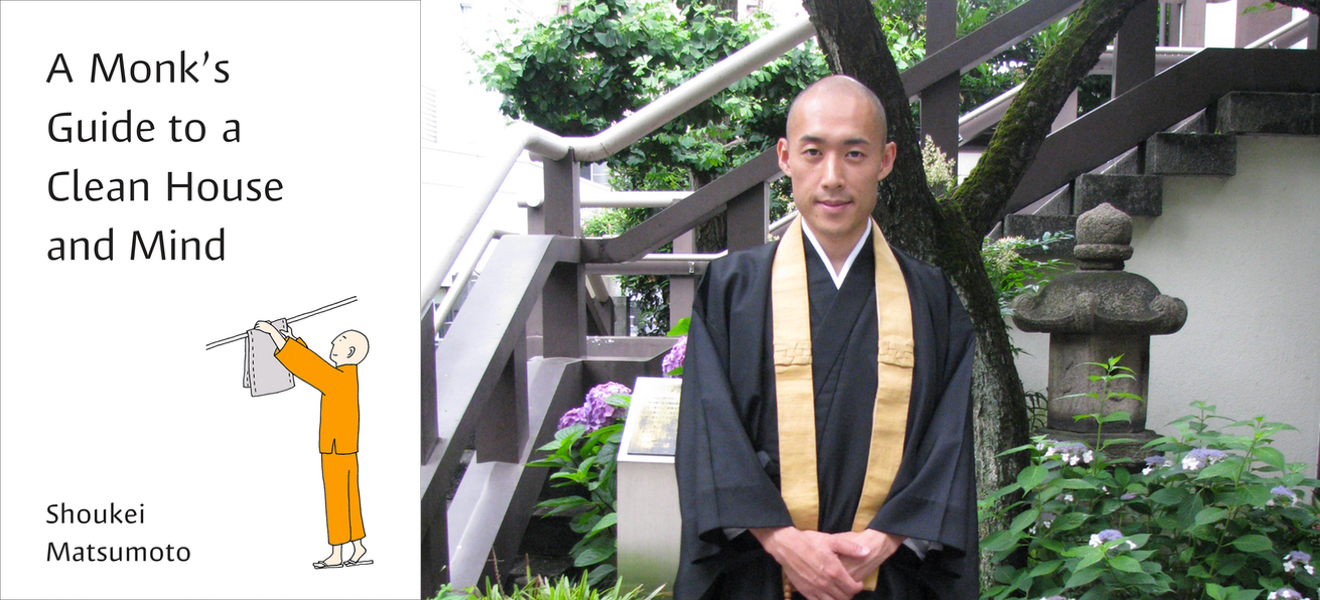
Monk’s Guide… became an extremely useful resource when I got rid of my maid sometime in early 2018. She was not very punctual and I had to work around her timings to have my morning chores done. Within few months of firing her, I realised that I still had more stuff that I could take care of. It wasn’t minimalism that I was aiming for but essentialism. Decluttering and reduction has now become a constant process in my life. Needless to say, I struggle a lot.
During this process of decluttering, I had to relook at all the hobbies I had gotten myself into. Over a period of two years, I managed to consciously decide that I wouldn’t be pursuing three hobbies—programming, gaming and painting. I gave away all the related paraphernalia to people (mostly colleagues and friends) who were actively involved in those hobbies. I am still involved in music, writing, travelling, cycling and reading books. As of today, these are manageable outside my working hours. For some of the things I have borrowed a page from Ankit Mitra—a musician friend from Kolkata. I try to address them in batches, rotating my attention in a seasonal fashion.
The discussion would not be complete without an allied subject—Digital Minimalism. The idea was proposed long back by Cal Newport in his blog (even though the book came out last month). I must have come across his blog sometime in 2015. I managed to follow his advice and get off from almost all forms of social media. Being an early adopter of these platforms helped. I was already saturated with the exposure.
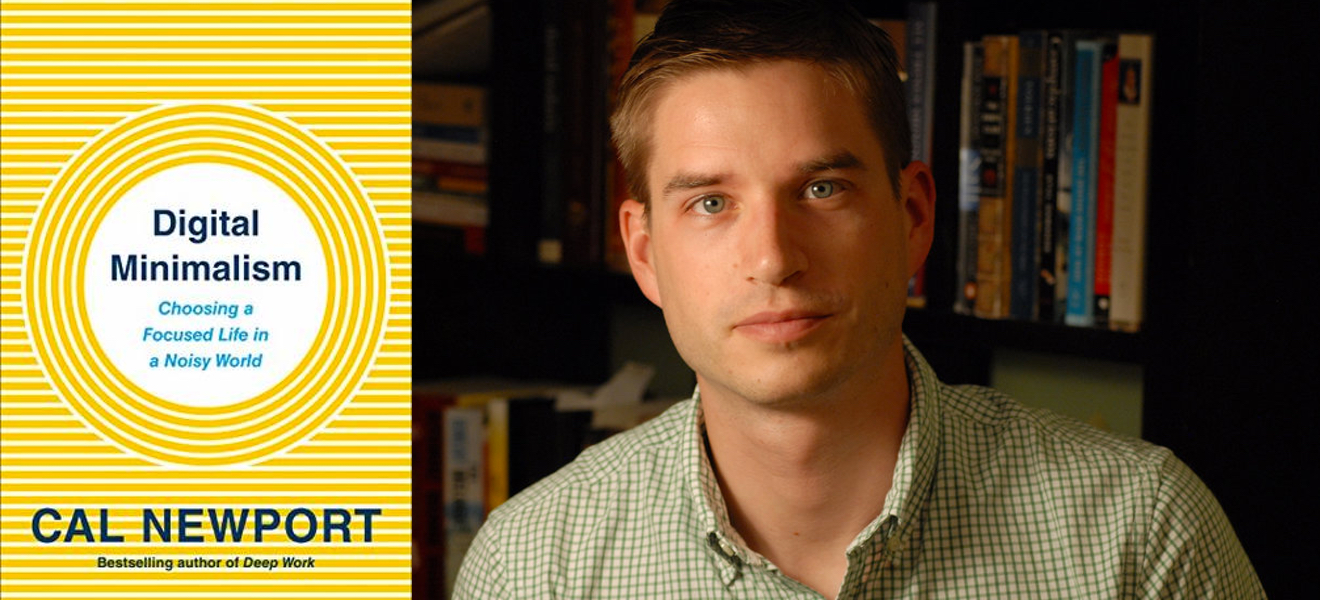
My digital decluttering is still not done yet. There are still a few addictions that I am working on.
III. FI/RE and Work
My foray into the whole minimalist movement led me to brush against the FI/RE movement—Financial Independence/Retire Early. A college friend of mine suggested that I read Early Retirement Extreme by Jacob Lund Fischer. I did not buy his book. Just like most of the other people, his point of view and methodology is laid down well on his blog. He took Joe Dominguez and Vicki Robin’s idea and pumped it up with steroids. If you are up for it, why don’t you try his twenty-one-day challenge?
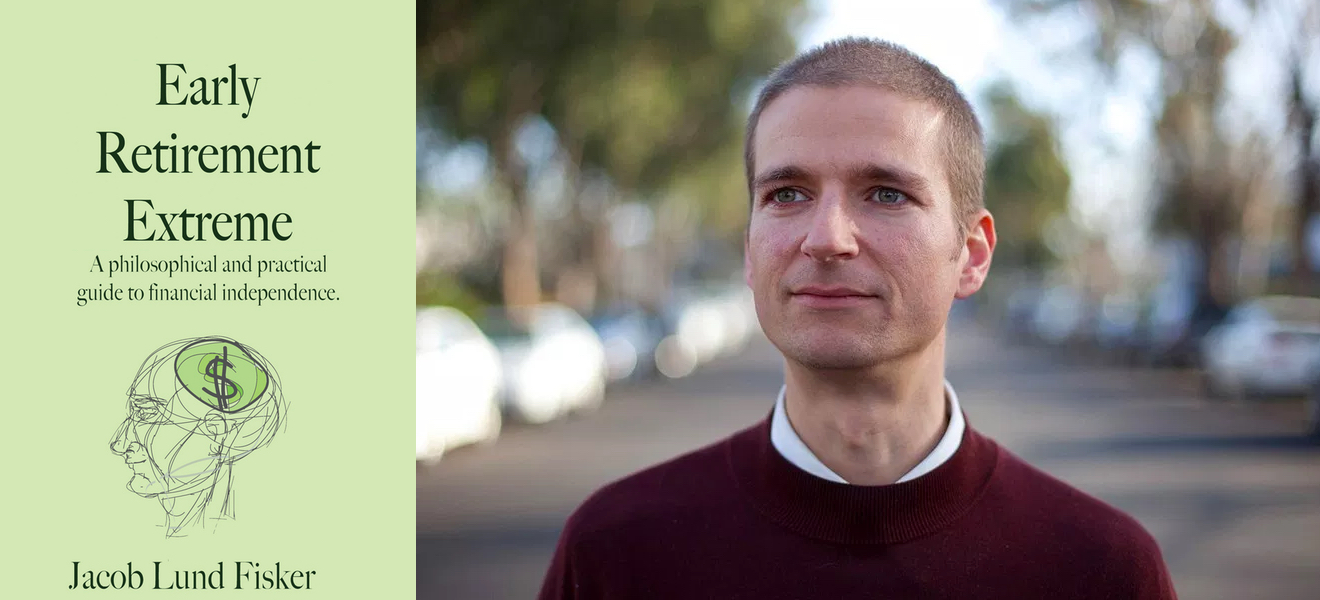
It wasn’t until I came across the FI/RE blog of Pete Adeney—who writes under the psudonym of Mr. Money Moustache—that I could truly ease into the idea. In fact, a lot of actions that he promoted were stuff that I truly believed in—simple living, bicycling (and the hidden cost of cars), hacking DIY solutions to daily problems, and anti-consumerism in general. As of today, there are quite a few FI/RE bloggers who focus on slightly different variations of the same topic and its implementation in their own lifestyle, which are quite varied—like J.L. Collins with his stock market approach, or Jillian Johnsrud with her extreme lifestyle-design-centric approach.
There is a reason why the movement has two names. Some people, like me, do not want to retire at all. It’s financial independence that matters so that I can open up to the possibility of meaningful work. I have not thought too deeply about what I want to do in the long-term. Maybe that’s something that I should focus on in the next half of my thirties. While travelling in Garhwal Uttarakhand and reflecting back on my work-life, I understood that what I was doing at work was a cul-de-sac—a dead end—in the Indian ecosystem.
I came across a post on Linkedin that talked about Chandramouli Venkatesan’s Catalyst. His career has been primarily in the Indian private-sector which is why his ideas felt more relevant to what I was doing. After a deep introspection that lasted for a couple of months, I switched my work profile. I am now reading Ray Dalio’s Principles—a much more sophisticated and a slightly more abstract take on the subject. For me, it is more of a workbook that requires a few years of analysis and implementation.

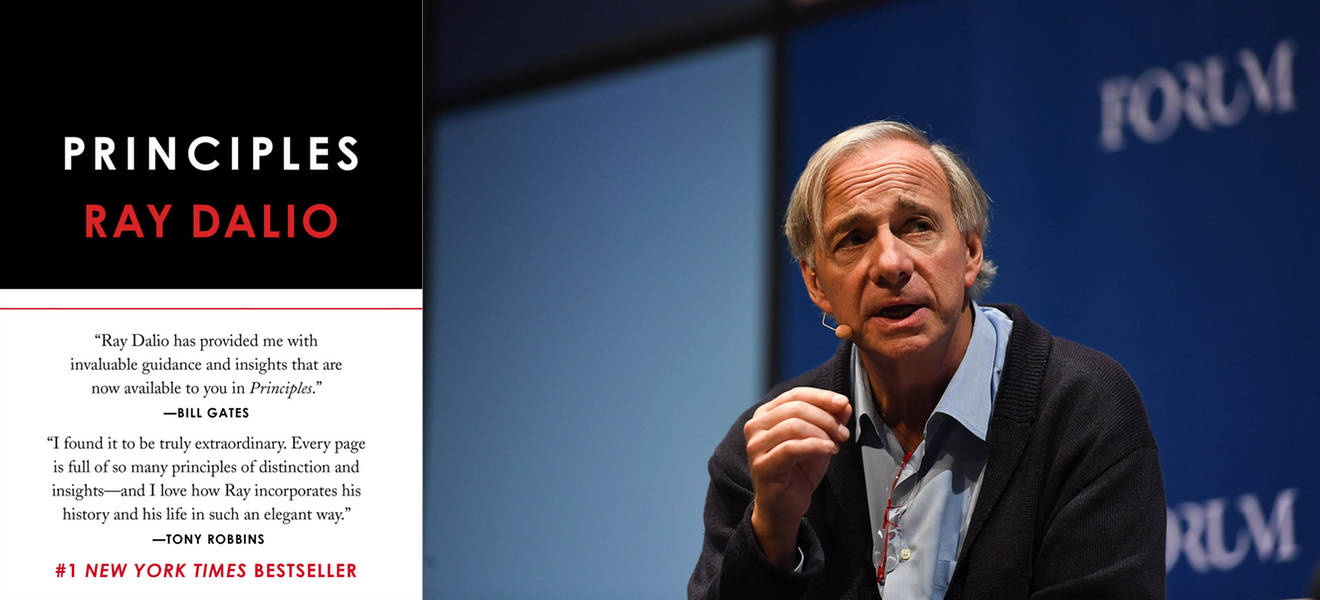
I must admit that as of today, I have not thought through the whole FI and work well enough. It requires a lot of work on my part.
Looking back
I believe that in the last five years, I have gone through a transformation that had less to do with external environment. It was definitely so in my twenties where I had to adjust to a different environment of hostel and university life. This one in my thirties is more intrinsic in nature. I wrote in two earlier blogs on decluttering that it was a work in progress. It is still a work in progress. These are things that do not have end goals. Instead, they are exercises that are helping me understand myself and what my value system is. There isn’t a hard answer. The philosophies that appeal to me might not even be applicable to others.
I am sure that I would start following more authors, bloggers and thought leaders while discarding some of the ones that I have followed in the past. I wouldn’t know what it’ll be when I hit forty. Maybe in another five years…
